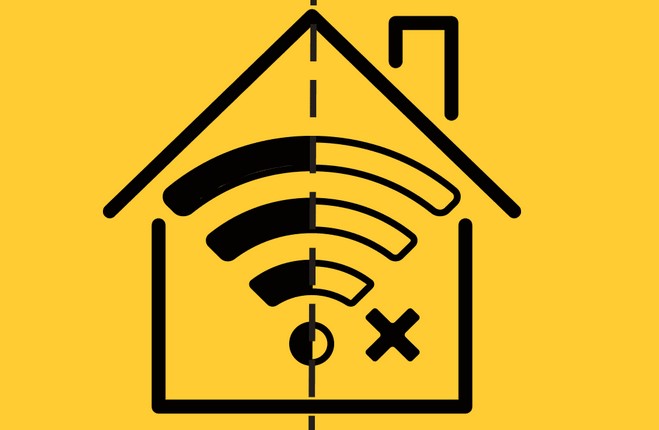Rural students, urban students in digitally redlined areas, Native American youth and students in non-traditional settings like adult education programs are among those most negatively impacted by the digital divide, according to Kristina Ishmael, deputy director for the U.S. Department of Education’s Office of Education Technology.
On the third day of the Bridging California’s Digital Divide virtual conference, hosted by the Public Policy Institute of California from July 18-20, the role of digital equity in improving outcomes across sectors including education, health and the economy was discussed by Ishmael and other field experts.
In addition to challenges brought on by geography and lack of infrastructure, affordability can be a major roadblock for households in securing broadband access.
A former early childhood and elementary teacher in Omaha, Nebraska, Ishmael recalled the circumstances of local students, many of whom were emerging bilingual or multilingual learners whose families were refugees or migrant workers with limited budgets. If forced to choose between putting food on the table or having internet at home, WiFi wasn’t the priority.
Ishmael explained that her office made affordability a core pillar in its 2022 Advancing Digital Equity for All resource guide and subsequent Online For All campaign in promotion of the Affordable Connectivity Program (ACP). The ACP allows eligible households to claim up to $30 a month toward internet costs and up to $75 a month to those located on qualifying Tribal lands.
The event’s moderator, Ji Soo Song, a digital equity advisor for the Office of Education Technology, noted that the biggest barrier stopping people from enrolling in the ACP is that they are simply not aware it exists.
Ishmael added that while gains were seen during the pandemic in terms of commitments from internet service providers to offer lower cost options, issues like data caps or people being denied access to low-cost programs because of remaining balances with companies did exist. “We had to go back and ask for the internet service providers to amend those things, and some have,” Ishmael said, but “there’s still room for improvement so we continue to advocate for affordability in multiple ways.”
Nicol Turner Lee, senior fellow and director for the Center for Technology Innovation at the Brookings Institution, said a more permanent solution needs to be found to ensure affordability, as the estimated 19 million people who signed up for services through the ACP may lack access to the internet again once the program ends for financial reasons.
Importance in education and beyond
In a post-pandemic world where so many services and opportunities have gone at least partially virtual, having reliable internet at home has become even more essential.
Ishmael expressed her gratitude that telehealth and telemental health services became more accessible to support students through funding from programs like the Safer Communities Act.
“We are trying to develop the whole child in a K-12 system or in a preK-12 system or in California, a TK-12 system,” she said. “And it’s so important for us to think about a child not just as a learner in a classroom” as education happens everywhere.
Whole households were forced to learn how to navigate technology they may have never used before when remote learning and other disruptions to normal life began in 2020, showing the importance of individuals outside the K-12 system understanding the need to have internet access, how to use the devices they have and other digital literacy skills.
Though tens of billions of dollars have been allocated by the federal government for infrastructure development, Turner Lee cautioned that there is a limited workforce to take on the jobs. Even with internet access, the public needs more guidance on how to use it to connect to 21st-century opportunities, she said.
For young people, having an internet connection and knowledge about technology will be vital to filling roles in fields like cybersecurity or STEM. In the spirit of the No Child Left Behind movement, she used the phrase “no child left offline” to stress her point and said that revisiting old policies and updating them to meet current and future needs may be helpful.
Song emphasized that as states are creating their digital equity plans, they should consult with educators, parents and students as well as partners from other sectors to ensure that no students are, in fact, left offline.





